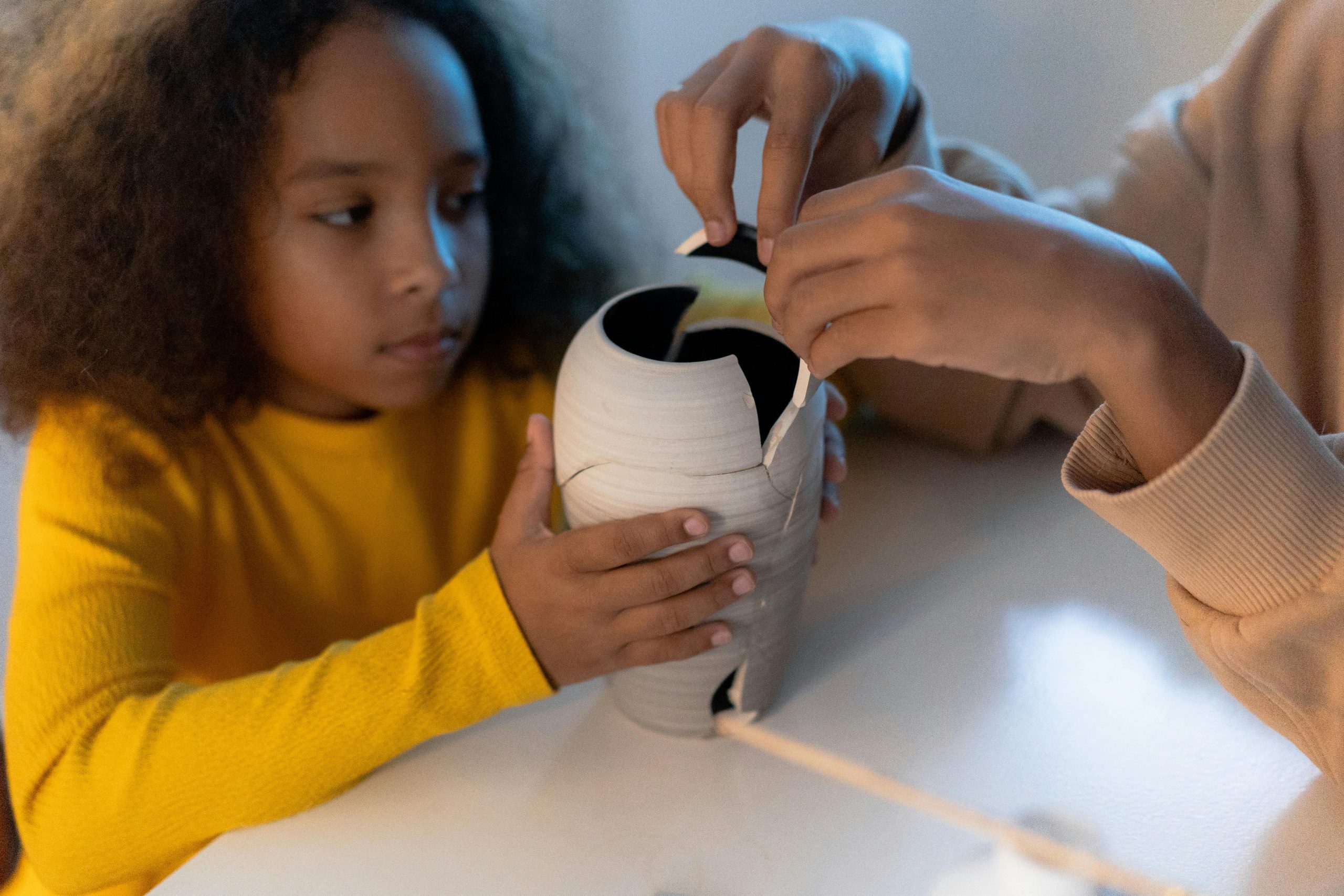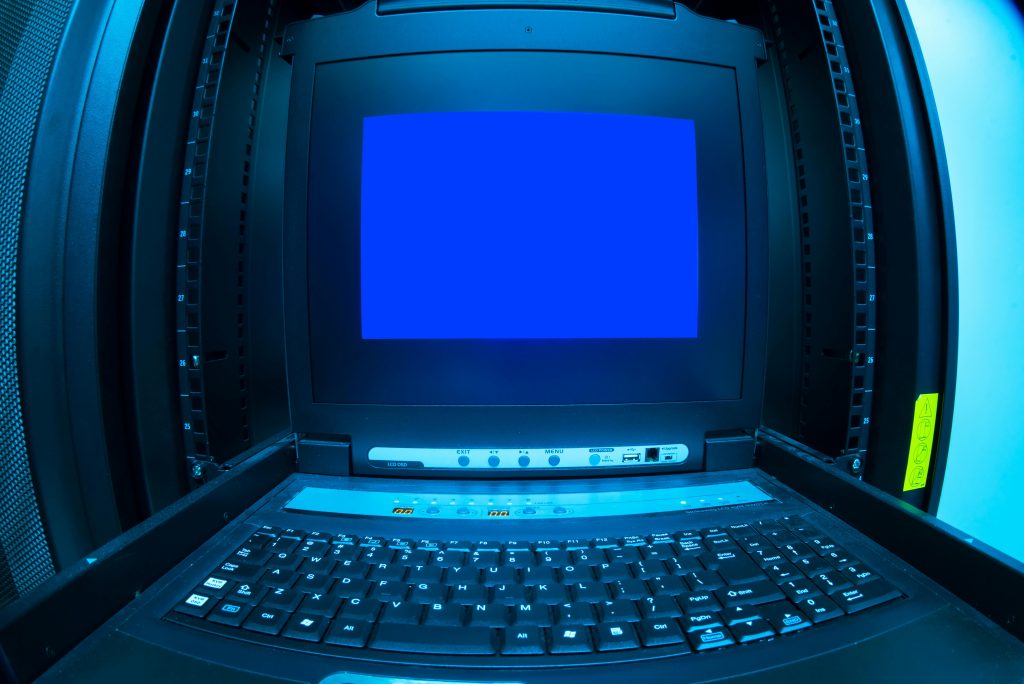Unraveling a Peculiar Encounter: A Potential Hacker Notification
In a startling turn of events, I found myself confronting an unsettling situation on my computer recently. While diligently working away, a curious popup appeared, adorned with a simple “:)”, alongside a message that read, “Hello, do not freak out or shut off your device. I have gained access to this device and simply wanted to inform you that I am removing my access. Note that I have taken no actions on this device. Apologies for the inconvenience.”
Initially taken aback, I took a moment to process the message. Just a few minutes later, however, my mouse cursor began to move autonomously towards the Windows search bar and subsequently opened the notes application. To my astonishment, the individual on the other end typed “hello,” prompting me to respond with a terse, “WHO IS THIS?”
The mysterious individual proceeded to assert that I had unwittingly downloaded a virus attributed to them and that they had noticed my device connected to what they referred to as their “panel.” They briefly claimed to have a comprehensive view of all their connections and indicated that they could see me logged in. After a rather ambiguous exchange, the session abruptly ended with a popup stating, “Host terminated connection – Client Disconnected.”
Reflecting on this moment, I tried to recall any instances that might have led to such an intrusion. The only incident that comes to mind is a recent download from GameJolt, which seemed innocuous enough—just a game that altered my desktop background and attempted to provide a few jump scares. However, the sudden access and the hacker’s claims left me uncertain about my digital safety and the validity of their assertions.
This experience serves as a cautionary tale for all of us navigating the web. It highlights the importance of staying vigilant, regularly updating software, and being cautious about what we download. My encounter was unsettling, but it also acts as a stark reminder to prioritize cybersecurity and remain aware of our devices in an increasingly interconnected world.
Share this content:



